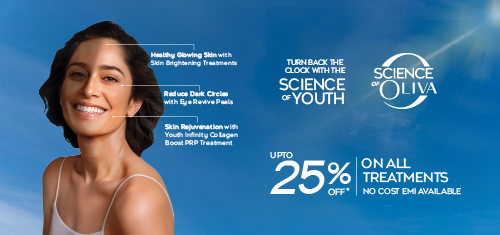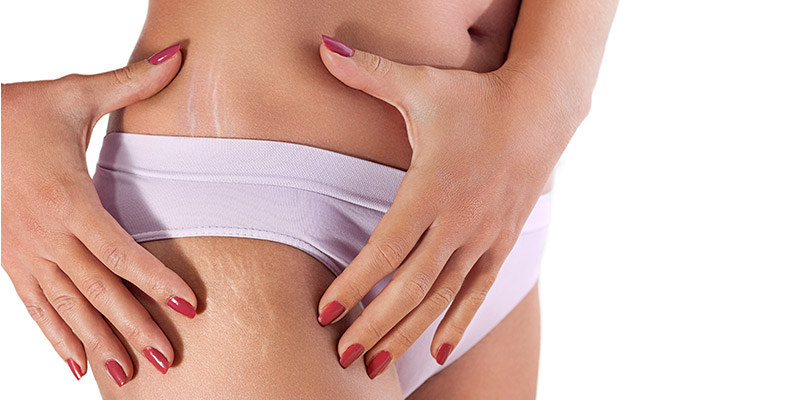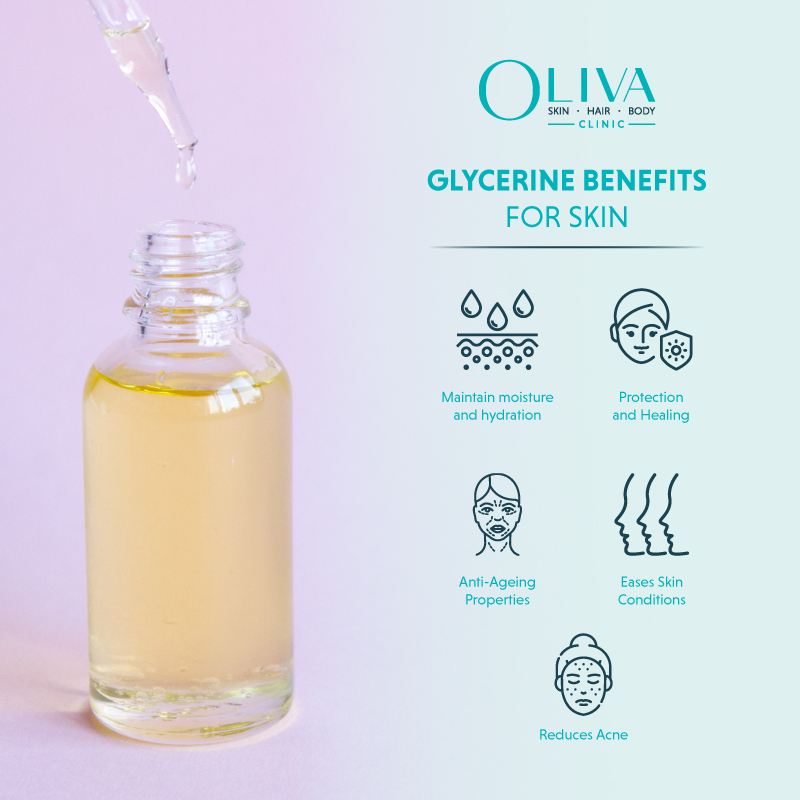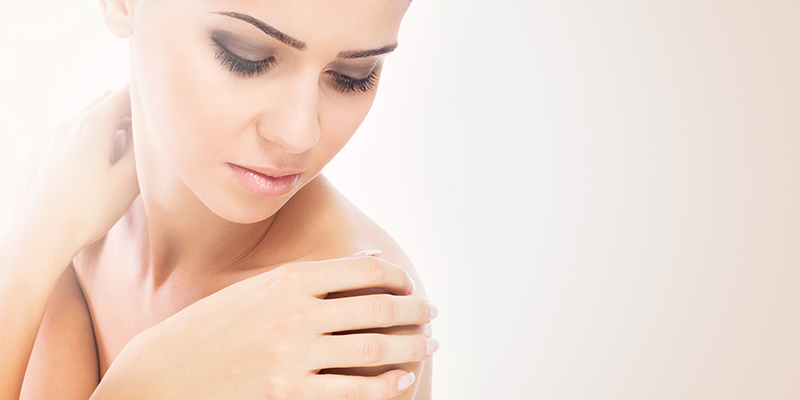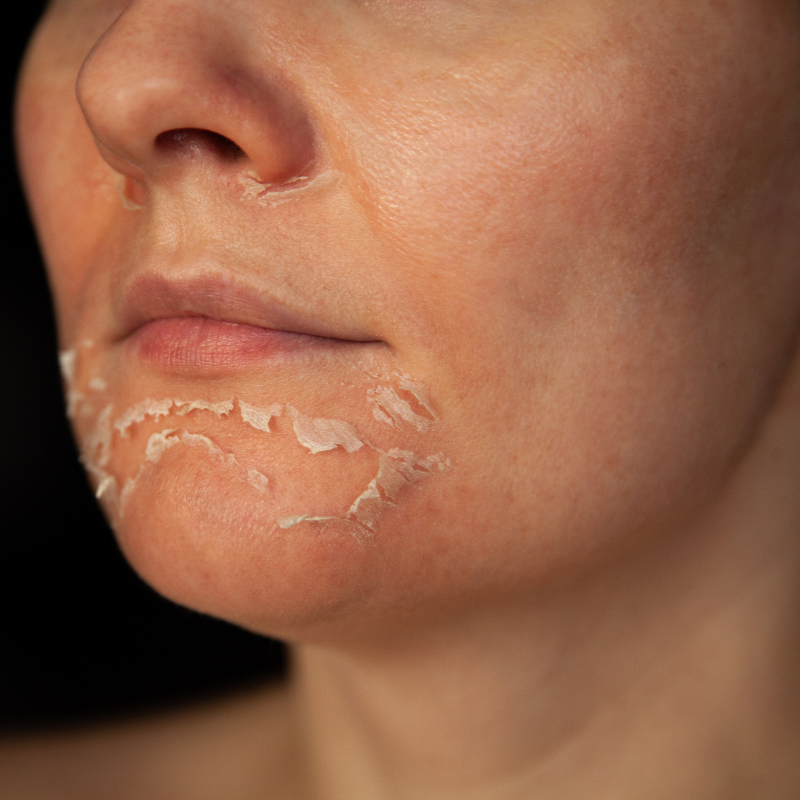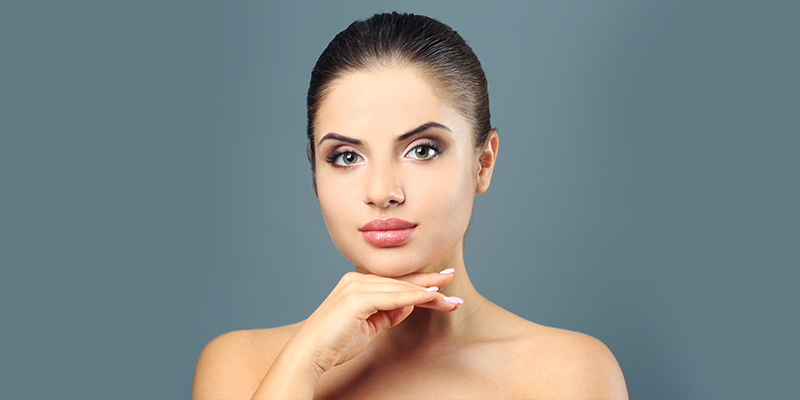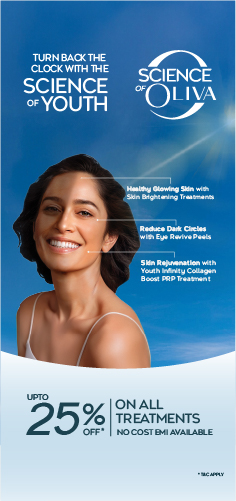In This Article
Difference Between Acne Marks Vs Acne Scars
While acne itself is bothersome, we can’t imagine the marks or scars that appear after the pimples subside. Most people often confuse acne marks with scars. Both are different and require different treatments to address them. In this article, we will address the acne marks vs acne scars debate for you to help you understand the differences between them. Additionally, we will explore effective treatment options for acne marks and scars, as well as preventive measures. Let us dive in.
In This Article

Difference Between Acne Marks and Acne Scars
Are acne marks the same as acne scars? The answer is no. Acne marks are flat dark spots left behind after acne heals, while acne scars are textured depressions or raised areas caused by damage to the deeper layers of skin. Let us learn about acne marks and acne scars.
-
Acne Marks (Post-Inflammatory Hyperpigmentation)
Acne marks are skin discolouration on the skin’s surface that occur as a result of inflammation, which triggers excess melanin production. Also known as post-inflammatory hyperpigmentation, these flat, temporary discolourations are usually red, black or brown in colour.
-
Acne Scars
Acne scars are permanent changes in the skin texture that are caused as a response to the skin’s repair process after the acne subsides. They can appear either as depressed or raised bumps on your skin. Let us look at the different types of acne scars in the section below.
Types of Acne Scars
Here are the different types of acne scars, categorised by whether they are atrophic (sunken) or raised.
- Ice Pick Scars
Ice pick scars are depressed or sunken scars that are deep, narrow or V-shaped. These appear as open pores on your skin.
- Boxcar Scars
Boxcar scars are atrophic scars that are oval or round-shaped with sharp edges.
- Rolling Scars
Rolling scars are also atrophic scars that are characterised by a wide and shallow appearance.
- Hypertrophic Scars
Hypertrophic scars are raised or elevated scars that result from an overproduction of collagen.
- Keloid Scars
Keloids are also raised or bumpy scars that are caused post-acne when the body produces more collagen. These are the severe form of hypertrophic scars that are usually red or pink in colour.
Factors Influencing Healing And Fading Of Acne Scars
Several factors (internal and external) contribute to the healing of acne scars and their fading. These include:
- Age
- Genetics
- Scar type
- Scar depth
- Sun exposure
- Skincare routine
- Diet
- Hydration
- Stress Management
Effective Treatments Options For Acne Marks And Acne Scars
You need targeted treatments to address acne marks and scars. Here are the advanced treatment options that your dermatologist at Oliva might recommend based on your concern, its severity, and the underlying cause.
Advanced Treatments For Acne Marks
- Chemical Peels: Chemical peels are a professional treatment for acne marks that your dermatologist might recommend. This involves the application of a concentrated chemical peel solution derived from plant extracts to the target area. This step helps remove the top damaged layer of the skin, revealing fresh new skin underneath. Your dermatologist will decide the concentration and type of peel you may need based on the severity of your condition.
- Laser Toning: For those stubborn PIH caused by acne, you may need laser toning treatment. This advanced treatment utilises top-notch Q-switch Nd:YAG laser technology that targets melanin and reduces pigmentation. With gradual sessions, it helps fade the appearance of acne marks and gives you radiant skin.
Advanced Treatments For Acne Scars
- Chemical Peels: Your dermatologist may recommend chemical peels as a professional treatment for acne scars. This involves the application of a concentrated chemical peel solution derived from plant extracts to the target area. This step helps remove the top damaged layer of the skin, revealing fresh new skin underneath. Your dermatologist will decide the concentration and type of peel you may need based on the type and severity of your acne scars.
- Laser Skin Resurfacing: If you have boxcar and rolling acne scars, you may be recommended laser skin resurfacing treatment. At Oliva, our dermatologists perform pixel laser resurfacing treatment for effective scar revision. This procedure involves creating micro-injuries in the scarred tissue using the top-notch fractioned Ebrium YAG laser. This step helps stimulate collagen production and reduces the appearance of scars.
- Micro-needling Radio Frequency: MNRF is another professional acne scar treatment that combines traditional micro-needling technology with radio frequency energy. While the micro-needling procedure creates micro-needles in the skin, the RF pulse gets delivered simultaneously into the micro-channels. This stimulates collagen and elastin production, thereby reducing the appearance of acne scars and improving your skin texture.
- Subcision: Your dermatologist may recommend subcision as a scar revision treatment for your depressed scars, such as rolling scars. They use special needles to release the fibrous bands that are pulling your scars down. This action stimulates collagen production, reduces the appearance of scars, and improves the skin texture. This treatment is performed under a local anaesthesia to ensure a painless experience.
- TCA Cross Peel: If you have ice pick scars, a TCA cross peel is all you need for scar revision. In this procedure, our dermatologist will apply trichloroacetic acid solution to your scars using a toothpick. This action increases the collagen levels and visibly reduces the appearance of your scars. The concentration of the solution may vary for individuals depending on the severity of scars.
Key Preventive Steps:
Here are some preventive tips to reduce acne and minimise the chances of acne scars and prevent their appearance:
- Do not touch or pop your pimples.
- Follow a gentle skincare routine diligently by using non-comedogenic and oil-free products.
- Always apply a broad-spectrum sunscreen to protect your skin from the sun’s harmful rays.
- Refrain from using harsh products and avoid excessive exfoliation.
- Practice stress management techniques to manage your stress levels.
- Avoid smoking, as it can worsen your skin damage.
The most effective way to prevent acne scars is to treat them promptly after they appear. If you have persistent or severe acne or are prone to scarring, consult a dermatologist for professional treatments that help prevent scarring.
Takeaway
Acne marks and acne scars are post-acne skin issues that can be challenging to deal with. You don’t have to face it alone. With the right professional treatments, you can reduce the appearance of acne marks and acne scars. At Oliva, we offer advanced, clinically proven acne marks and scar revision treatments backed by science. For a smooth texture and even skin tone, schedule a consultation with our best dermatologists in hyderabad today.
Acne Marks Vs Acne Scars - Frequently Asked Questions (FAQs)
Both acne marks and acne scars are post-acne issues. While acne marks, or post-inflammatory hyperpigmentation, are flat discolourations, acne scars are changes in skin texture that appear as depressed or raised. Acne marks fade over time, but acne scars require professional treatment.
Acne marks develop as a result of inflammation from a healed pimple, which causes an increase in melanin production. Acne scars are caused as a response to the skin’s healing process when deeper acne lesions damage collagen and tissue during the healing phase. This often results in depressions or raised scars.
The antioxidant effects of topical vitamin C help regulate the excess melanin and support collagen synthesis. This further helps reduce the appearance of scars over time.
If you want your acne marks to fade, follow a targeted skincare regimen that includes Vitamin C serums, retinoids, and exfoliants. Always use sun protection.
You cannot treat scars overnight. You need a more targeted approach to address the. You can use a night serum with active ingredients like Vitamin C, retinol or niacinamide. Make sure to always follow up with a broad-spectrum sunscreen during the day, and use this consistently for a certain period.

